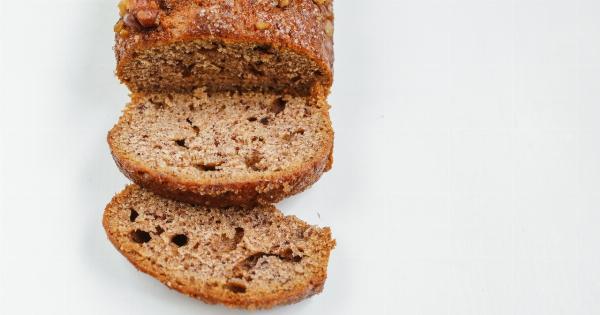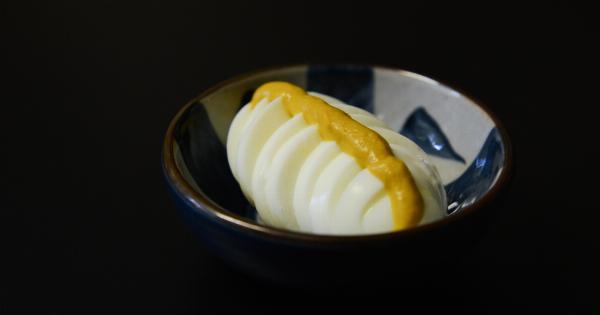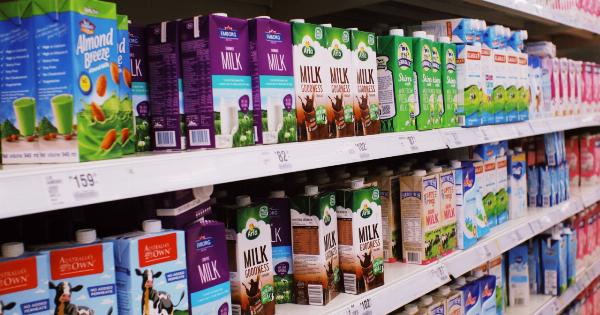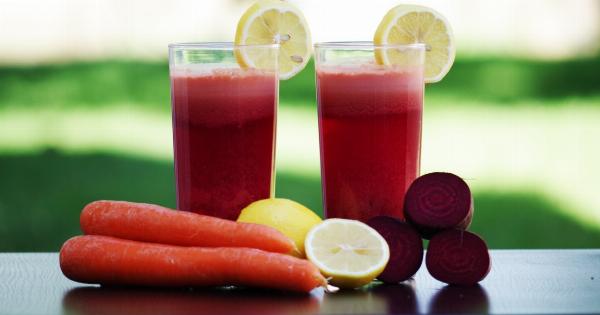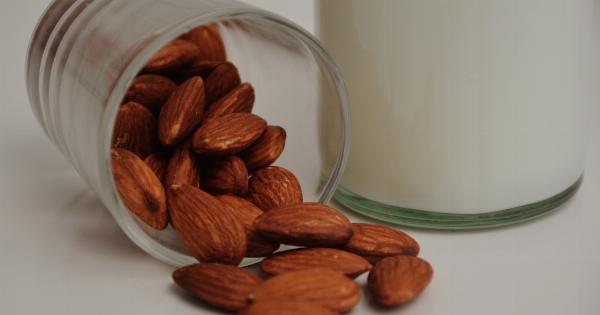Milk has long been a staple in many households across the world. Whether it’s poured over cereal in the morning, used as an ingredient in various recipes, or served as a beverage with a meal, milk is a versatile and nutritious drink.
However, with so many different varieties of milk available on the market today, it can be difficult to determine which type is best for you and your family. Two of the most common types of milk are whole milk and skim milk, and in this article, we’ll take a closer look at both to determine which one is more popular.
What is Whole Milk?
Whole milk, as the name suggests, is milk that has not had any of its fat removed. It typically contains around 3.25% milkfat, which gives it a creamy flavor and texture.
Whole milk is often considered the “traditional” type of milk, as it was the most commonly consumed variety before the invention of modern milk processing methods.
What is Skim Milk?
Skim milk, on the other hand, is milk that has had most or all of its fat removed. This process leaves it with a significantly lower fat content than whole milk, usually around 0.5-1% milkfat.
Skim milk is sometimes referred to as “fat-free” milk, although this label is slightly misleading as it does still contain a small amount of fat.
Taste Comparison
One of the key differences between whole milk and skim milk is their taste. Whole milk is rich and creamy, with a full-bodied flavor that many people find enjoyable. Skim milk, on the other hand, is much thinner and has a less pronounced flavor.
Some people find skim milk to be too watery or bland, while others prefer its lighter taste.
Nutritional Comparison
Another important factor to consider when comparing whole milk and skim milk is their nutritional content.
Whole milk is higher in calories, fat, and saturated fat than skim milk, making it a less healthy option for those looking to manage their weight or cholesterol levels. Skim milk, on the other hand, has fewer calories and is lower in fat and saturated fat. It’s also a good source of protein, calcium, and vitamin D.
Cooking and Baking
A third consideration when choosing between whole milk and skim milk is how they perform in cooking and baking. Whole milk is often preferred for baking, as its higher fat content helps to create richer, more tender baked goods.
Skim milk can be used in baking, but it may result in drier, tougher baked goods if not adjusted for properly. When it comes to cooking, both whole milk and skim milk can be used interchangeably in most recipes.
Popularity
So, which type of milk is more popular: whole milk or skim milk? The answer is somewhat complicated, as it varies depending on a number of factors.
In the United States, for example, skim milk has been steadily gaining in popularity over the past several decades, with many people choosing it as a healthier alternative to whole milk. According to a report by the U.S. Department of Agriculture, sales of whole milk have decreased significantly since the 1970s, while sales of skim milk have increased.
However, whole milk remains more popular in certain other parts of the world, such as Europe and Asia.
In France, for example, whole milk is the most commonly consumed type of milk, while in Japan, whole milk is often used in coffee drinks and other beverages.
Conclusion
Ultimately, the choice between whole milk and skim milk comes down to personal preference and health goals. Whole milk is richer and creamier, but higher in calories and fat.
Skim milk is lighter and healthier, but may not be as enjoyable to drink or use in cooking. Both types of milk can be nutritious and beneficial in moderation, but should be used in conjunction with a well-balanced diet and regular exercise.











